Phoenix Canariensis Help!
first_timer_2007
16 years ago
Related Stories
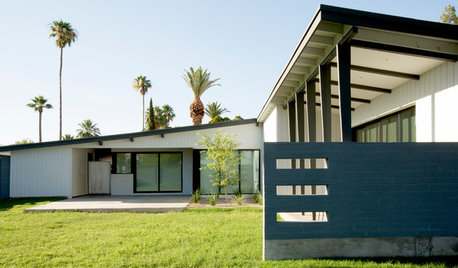
HOUZZ TOURSHouzz Tour: Opening Up a Midcentury Schreiber Home in Phoenix
With fewer walls and a respectful addition, this Arizona feels less boxed in
Full Story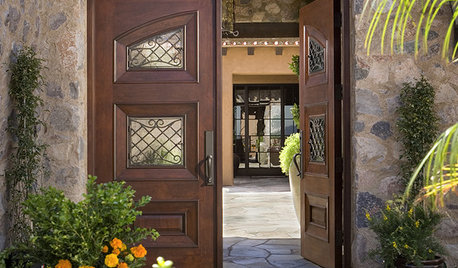
ARCHITECTURECity View: Phoenix Style Blooms in the Desert
Designers are leaving literal desert references in the dust, now favoring ubercontemporary styles along with Spanish colonial revival
Full Story
COLORPick-a-Paint Help: How to Create a Whole-House Color Palette
Don't be daunted. With these strategies, building a cohesive palette for your entire home is less difficult than it seems
Full Story
BATHROOM WORKBOOKStandard Fixture Dimensions and Measurements for a Primary Bath
Create a luxe bathroom that functions well with these key measurements and layout tips
Full Story
GARDENING GUIDES8 Unthirsty Plants Help You Save Water in Style
Spend less effort and money on your landscape with drought-tolerant and native plants that liven up your yard
Full Story
MODERN ARCHITECTUREHouzz Tour: Arizona's Dialogue House Has Something New to Say
Get in on the conversation about this minimalist masterpiece in the Phoenix desert, remodeled by its original award-winning architect
Full Story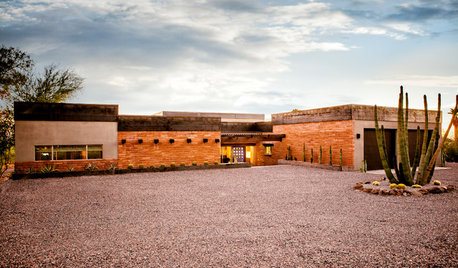
RANCH HOMESHouzz Tour: Industrial Updates to Classic Southwest Style
Hot-rolled steel and Caesarstone meet adobe and Mexican rugs in a Phoenix ranch house untouched since the 1950s
Full Story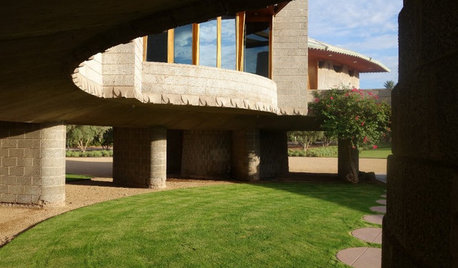
FRANK LLOYD WRIGHTStep Inside a Frank Lloyd Wright House Saved From Demolition
The historic Phoenix property is now part of the architect’s school at Taliesin, where it will be used as a design lab
Full Story
HOUZZ TOURSHouzz Tour: Stunning Desert Hillside Home in Arizona
An extraordinary, expansive home near Phoenix celebrates and interacts with the beauty of its natural surroundings
Full Story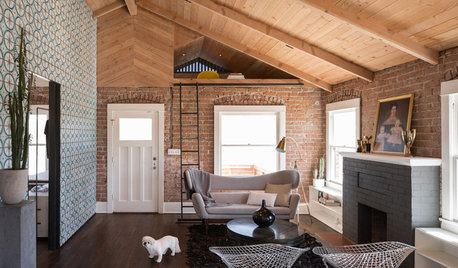
HOUZZ TOURSHouzz Tour: Modern Addition for a Historic Bungalow
A 1927 redbrick home in a downtown historic neighborhood of Phoenix gets a metal-clad modern addition
Full StorySponsored
More Discussions




ornata
eva55
Related Discussions
Phoenix canariensis canary date palm vs Pindo Jelly Butia capitat
Q
phoenix canariensis palm
Q
How cold can phoenix canariensis withstand?
Q
Phoenix canariensis height in zone 8
Q
greenclaws UK, Zone 8a
Shazia
shazya
greenclaws UK, Zone 8a
Ben Hatton
jon andersen
Naju Tshabangu
Michael Williams